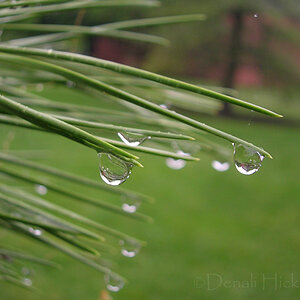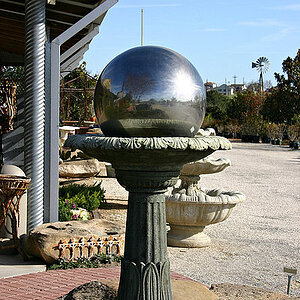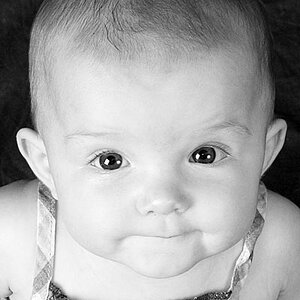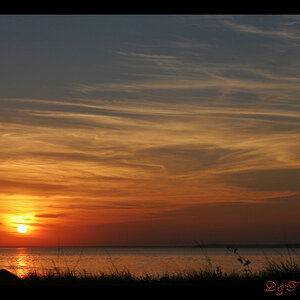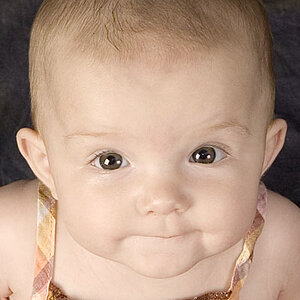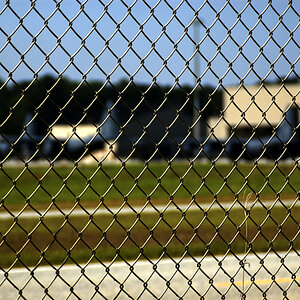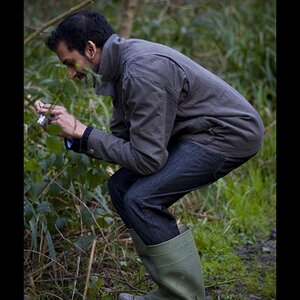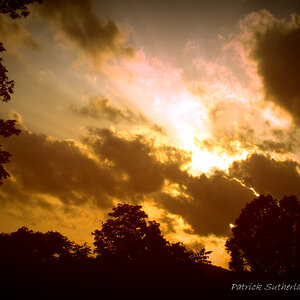rubbertree
TPF Noob!
- Joined
- Sep 7, 2007
- Messages
- 727
- Reaction score
- 0
- Location
- Canada
- Can others edit my Photos
- Photos OK to edit
I just bought a Sigma 10-20mm and am learning all I can about using a wide angle lens to it's fullest potential. I have a question about aperture choice though... I just read that wide angle lens can give sharp images foreground to background no matter what aperture you use (but especially tack sharp with f/22), how do you decide what aperture to use with it, if you are not going to use f/22? I mean, if they all give you a sharp image front to back (is that really true?) Does it then become a choice made because of the speed you need?








